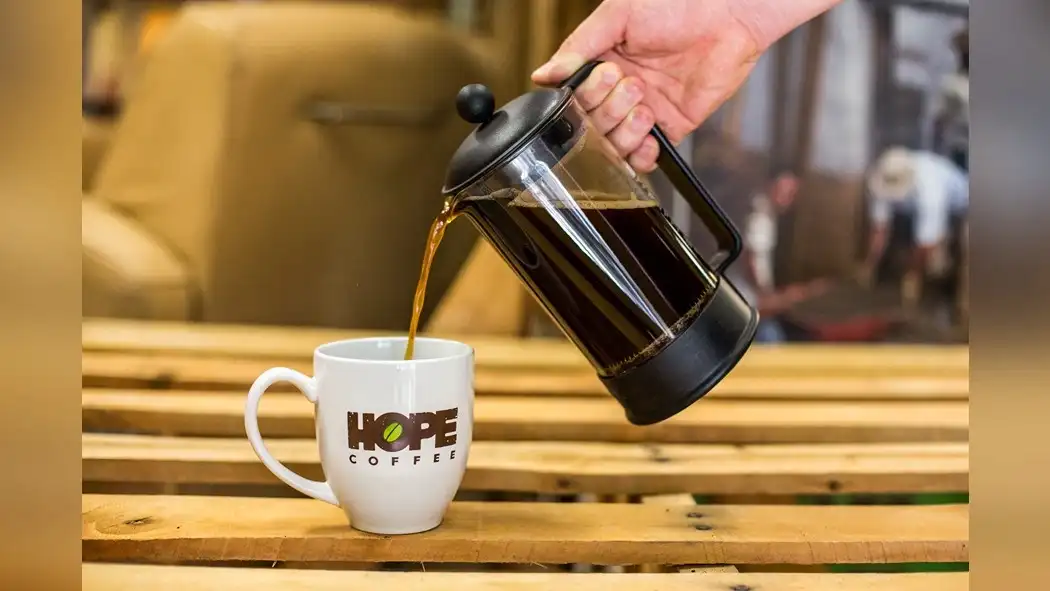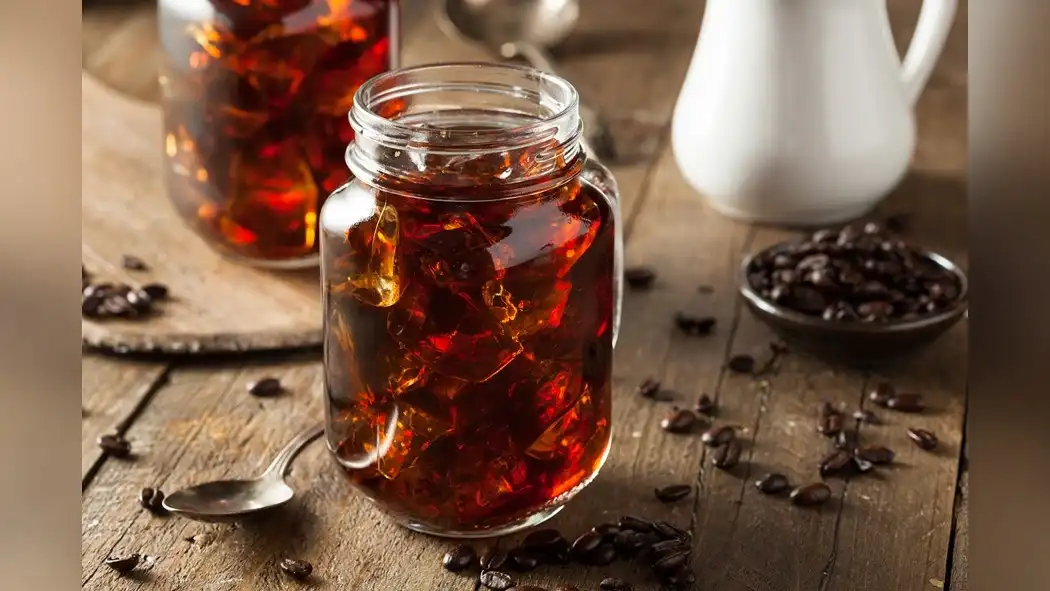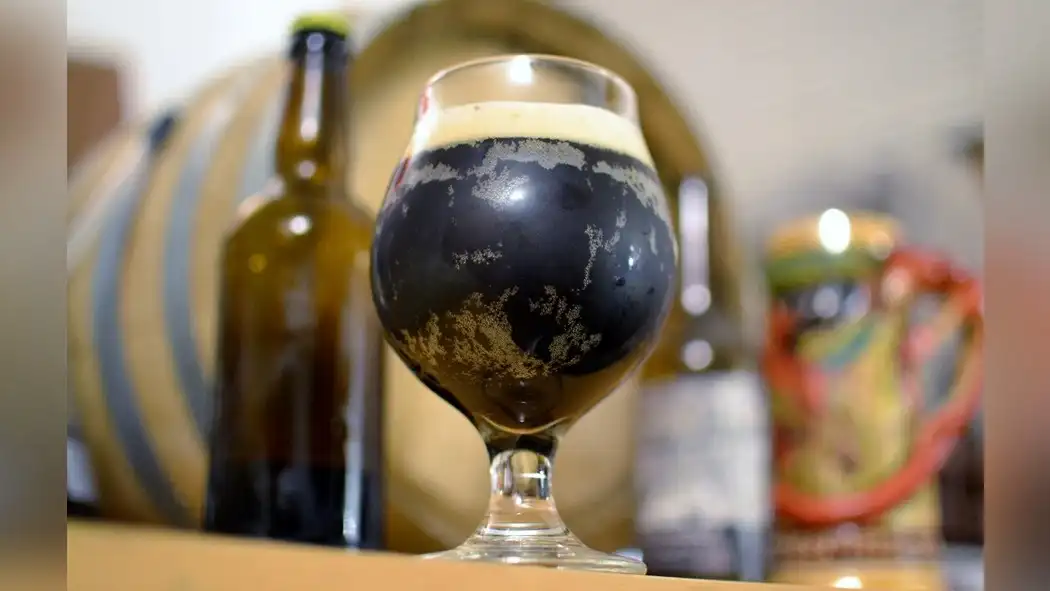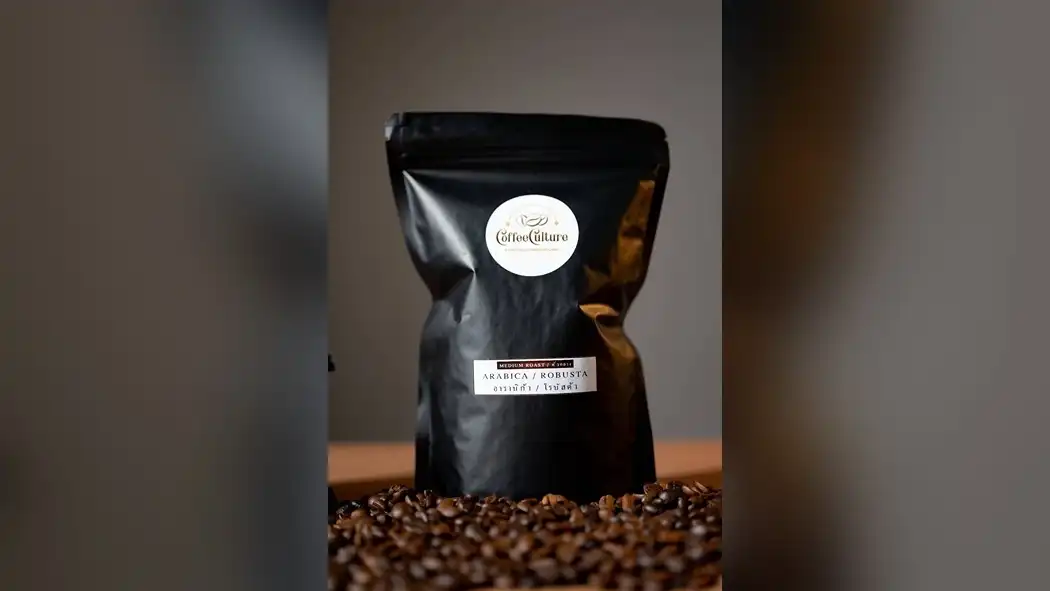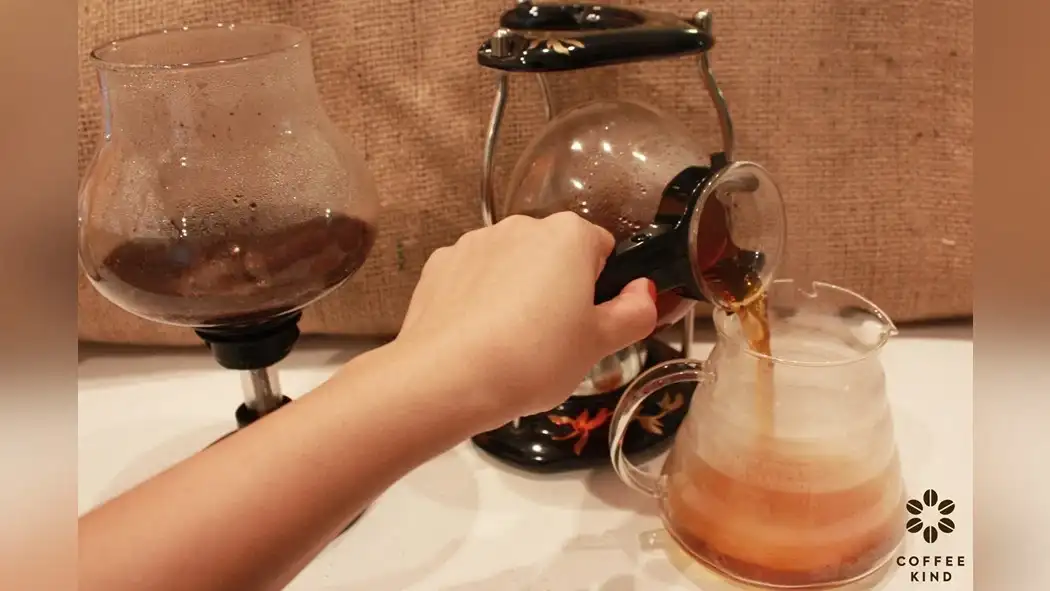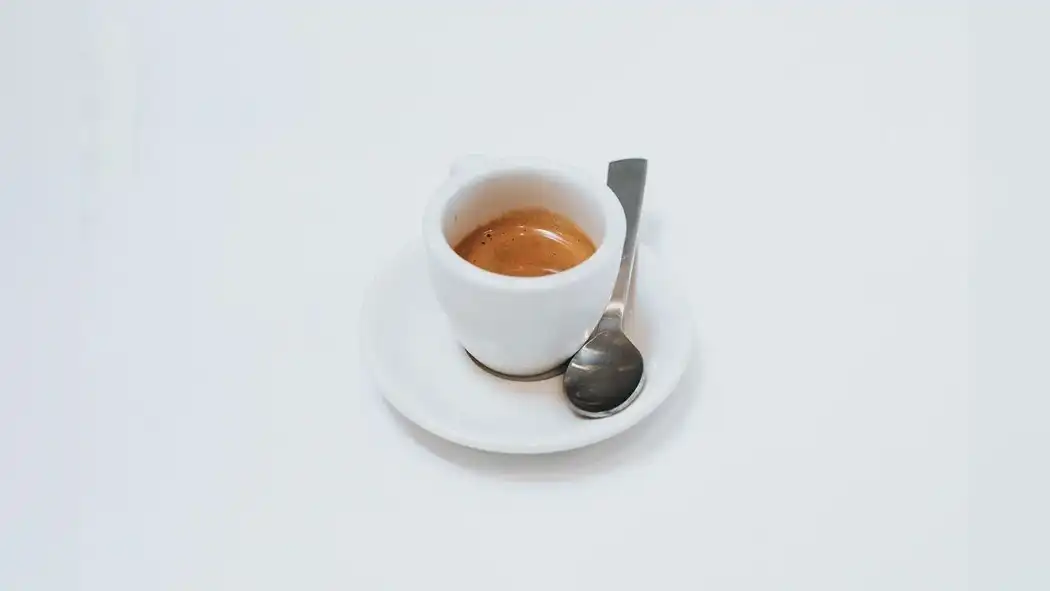You love a strong, flavorful cup of coffee. And what if we told you that you can achieve coffee excellence with robusta beans using the French press brewing method?
In this guide, you'll uncover the secrets to brewing robusta coffee to perfection. From understanding the origins of robusta coffee to mastering the French press grind, selecting the right beans, and perfecting the water temperature and ratio, you'll learn all you need to know.
So, get ready to elevate your coffee game and savor the rich, bold flavors of robusta coffee through the French press brewing method.
The Origins of Robusta Coffee
Robusta coffee originated in Central and Western Africa. The robusta bean, known scientifically as Coffea canephora, thrives in warm climates with high rainfall, making these regions ideal for its cultivation. The origins of robusta coffee can be traced back to the forests of Ethiopia, where it was discovered growing wild.
Unlike its counterpart, arabica coffee, which is believed to have originated in the highlands of Ethiopia, robusta has its roots in the lowland forests of the same region. Robusta beans are characterized by their strong, full-bodied flavor and higher caffeine content compared to arabica beans. The plants themselves are hardy and resistant to diseases, making them easier to cultivate.
Robusta coffee is often favored for its use in espresso blends due to its crema-enhancing properties and its ability to impart a rich, deep flavor. Understanding the origins and characteristics of robusta coffee provides insight into its unique qualities and the distinct role it plays in the world of coffee.
Understanding French Press Brewing
You need to grasp the French press basics before anything else.
Understanding the importance of brewing time is crucial for achieving the perfect cup of robusta coffee.
Let's get to the heart of French press brewing and why it matters.
French Press Basics
Starting with freshly ground coffee beans is essential for achieving the best French press brewing results.
To fully understand French press basics, consider the following:
- French Press Equipment and Maintenance: Invest in a high-quality French press and keep it clean to ensure optimal brewing conditions. Regularly replacing the filter and inspecting the plunger will help maintain the equipment's functionality.
- Troubleshooting Common Mistakes: If your French press coffee tastes bitter, it might be due to over-extraction caused by too fine of a grind. Conversely, if the coffee tastes weak, the grind might be too coarse. Experiment with different grind sizes to find the right balance.
Understanding these fundamental aspects of French press brewing will enable you to consistently produce exceptional coffee.
Brewing Time Importance
To achieve the perfect French press brew, ensure that you time the brewing process precisely. The brewing time is of utmost importance as it directly impacts the flavor profile and extraction of the robusta beans. The ideal brewing time for French press coffee is around 4 minutes. This allows for optimal extraction of the robusta beans, resulting in a full-bodied and intense flavor. Brewing for too long can lead to over-extraction, causing the coffee to taste bitter, while brewing for too short a time may result in an under-extracted brew with a lack of depth. By timing the brewing process accurately, you can unlock the rich and bold flavors of robusta coffee beans, yielding a truly exceptional cup of French press coffee.
| Aspect | Brewing Time | Result |
|---|---|---|
| Too short | Less than 3 minutes | Under-extracted, lacks depth |
| Optimal | 4 minutes | Full-bodied, intense flavor |
| Too long | More than 4 minutes | Over-extracted, bitter taste |
Selecting the Right Robusta Beans
When selecting Robusta beans for your French press coffee, consider the origin, roast level, and freshness to ensure a rich and bold flavor.
- Origin: Look for Robusta beans from reputable regions known for producing high-quality coffee, such as Vietnam, Brazil, or Indonesia. These regions are renowned for their Robusta bean qualities, ensuring a distinct and robust flavor profile.
- Roast Level: Opt for a medium to dark roast when selecting Robusta beans for your French press. A darker roast brings out the bold and intense characteristics of Robusta, enhancing its deep flavor and creating a satisfying cup of coffee.
- Freshness: Prioritize freshly roasted Robusta beans to experience the full spectrum of flavors. Look for the roast date on the packaging and choose beans that have been recently roasted to capture the intense and complex flavors inherent in Robusta coffee.
Perfecting the French Press Grind
Begin by adjusting your grinder to achieve a coarse grind setting, as this is optimal for French press brewing. The grind size is crucial for a consistent extraction of robusta coffee beans. A coarse grind allows for better control over the extraction process and prevents over-extraction, resulting in a smoother and fuller-bodied coffee.
To help you understand the grind size for French press brewing, here's a simple guide:
| Grind Size | Description |
|---|---|
| Coarse | Resembles breadcrumbs |
| Medium | Resembles coarse sand |
| Fine | Resembles table salt |
| Very Fine | Resembles powdered sugar |
| Extra Fine | Resembles flour |
When grinding your robusta beans for French press brewing, aim for a coarse grind similar to breadcrumbs. This consistency allows for a balanced extraction, bringing out the rich flavors and aromas without making the coffee overly bitter. By achieving the right grind size, you'll elevate the overall coffee experience and savor the true essence of robusta beans in your French press brew.
Mastering Water Temperature and Ratio
Adjust your water temperature and coffee-to-water ratio to ensure optimal extraction and flavor in your French press brewing process.
Water consistency is key to achieving a great brew. Use filtered water to ensure that impurities don't affect the taste of your coffee.
The ideal brewing temperature is around 195-205°F (90-96°C). Too hot and the coffee may taste bitter, too cold and the flavors may not fully extract. Temperature precision is crucial in achieving the perfect brew. Invest in a good thermometer to accurately measure the water temperature before pouring it over your coffee grounds.
The coffee-to-water ratio is also vital. A general rule of thumb is to use 1:15 or 1:16 coffee-to-water ratio, but feel free to adjust according to your personal preference.
Once you've mastered the water consistency, brewing at the right temperature, and nailing the coffee-to-water ratio, you'll be well on your way to enjoying a consistently excellent cup of French press coffee.
Immersion Time and Technique
To achieve optimal extraction and flavor in your French press coffee, carefully control the immersion time and technique.
The immersion time, which refers to the duration your coffee grounds are in contact with water, plays a crucial role in the extraction process. For a robust and full-bodied cup of coffee, an immersion time of around 4 minutes is generally recommended. However, it's essential to experiment and adjust this time based on your personal taste preferences.
During the immersion process, the technique of gently stirring the coffee grounds and water mixture can promote even extraction. Stirring helps ensure that all the coffee grounds are fully saturated and contribute to a uniform flavor profile.
Moreover, maintaining the optimal temperature throughout the immersion process is vital. The water should be around 200°F (93°C) when it comes into contact with the coffee grounds. This temperature facilitates the extraction of desirable flavors from the coffee while minimizing the extraction of undesirable compounds.
Enjoying the Perfect Robusta Brew
You've learned about the bold flavor of Robusta coffee and the French press technique for brewing it to perfection.
Now, let's talk about how to enjoy the perfect Robusta brew by focusing on the ideal coffee grind.
Get ready to elevate your coffee experience with some simple yet essential tips.
Robusta's Bold Flavor
To fully savor Robusta's bold flavor, mastering the French press brewing method is essential. The robusta bean's intense, earthy taste profile is best highlighted through this brewing technique. Here's how to enjoy the perfect Robusta brew:
- Coarse Grind: Use a coarse grind to extract the robusta bean's full-bodied flavor, as it allows for a longer extraction time and enhances the coffee's boldness.
- Higher Temperature: Robusta beans benefit from a higher brewing temperature compared to arabica, typically around 200°F (93°C), to fully develop their rich and strong flavor.
- Extended Steeping Time: Let the coffee steep for 4-5 minutes before pressing down the plunger, allowing the robusta's robust flavors to fully infuse into the brew.
French Press Technique
Mastering the French press brewing method is essential for fully savoring Robusta's bold flavor.
To ensure a perfect brew, start by using coarsely ground Robusta coffee.
Preheat the French press with hot water before adding the coffee grounds.
Pour hot water over the grounds, making sure to saturate them evenly, and then stir gently.
After placing the lid on the press, let the coffee steep for about four minutes before pressing down the plunger.
However, if your brew tastes bitter, it may be due to over-extraction caused by steeping for too long.
On the other hand, if the coffee lacks flavor, it might be under-extracted, indicating that the steeping time was too short.
Ideal Coffee Grind
For the ideal Robusta brew using the French press method, start with a coarse coffee grind to extract the bold flavor efficiently. The coarse grind allows for optimal extraction of the rich and intense flavors present in Robusta coffee beans.
Here's why the grind matters:
- Maximizing Surface Area: Coarse grinds provide a larger surface area for the water to interact with the coffee, leading to a more thorough extraction of the robust flavors.
- Balanced Extraction: A coarse grind helps to achieve a balanced extraction, preventing over-extraction that can result in bitterness while still capturing the full range of flavors.
- Enhanced Aroma and Body: The coarse grind contributes to a brew with a full-bodied texture and aromatic profile, elevating the overall sensory experience.
Conclusion
Now that you've mastered the art of French press brewing with robusta coffee, imagine waking up to the rich aroma of freshly ground beans and the sound of boiling water. As you slowly press down the plunger, picture the deep, bold flavor of your perfect brew filling your senses.
With each sip, let the velvety texture and intense notes transport you to a place of pure coffee bliss. Cheers to the excellence of robusta coffee!

